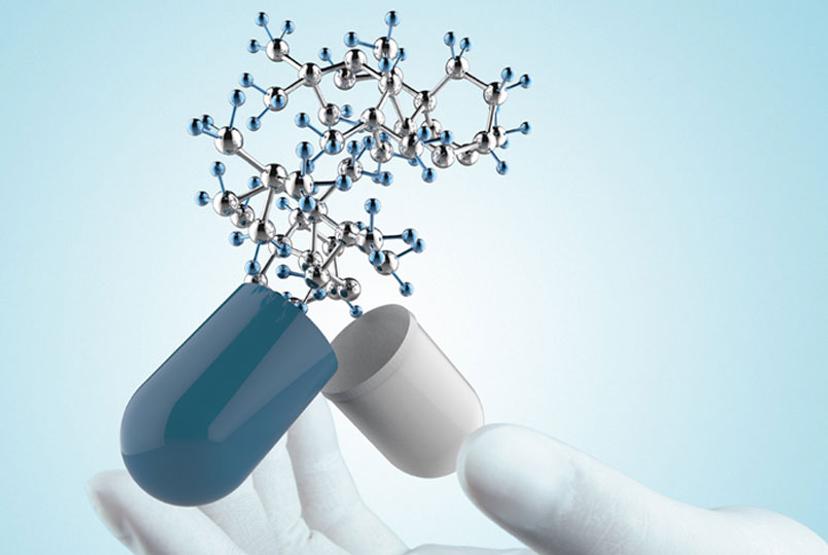Redefining Libraries for the Modern Era – and Not a Book in Sight
Diverse chemical libraries: allowing for the interrogation of a wide range of targets and pathways when prior information is not available.
6 Feb 2017

ChemBridge Corp. aims to set the gold standard in small molecule screening libraries
The act of storing information as a collective is a practice as old as civilization itself. For thousands of years, information was stored primarily as the written word, with libraries providing the best way to start a search for information. But how best to find the most relevant information when the questions change from mapping the world to mapping the pathways within normal and diseased cells and where the required information is encoded in genes or chemical structures?
For chemical biology and drug discovery researchers, that’s where compound libraries come in, enabling scientists from a broad range of backgrounds to advance their research. With libraries containing millions of small molecule screening compounds available, the challenge becomes selection of the chemical matter to use. In cases where minimal information is available to drive selection of compounds, sub-libraries containing highly diverse, lead-like, small molecules are a powerful tool. These diversity libraries in the tens of thousands of compounds allow research to test members from diverse chemical series for activity against their target, cells, or model organism.
One US headquartered, global operation, ChemBridge Corp. aims to set the gold standard in small molecule screening libraries. One of its core offerings, the DIVERSet™ Diverse Screening Libraries, features two complementary libraries each with 50,000 compounds. The libraries are designed to provide researchers with small molecule libraries that can be used across a broad range of assay types and targets.
Since the introduction of the first DIVERSet Diverse Screening Library, the libraries have been used successfully across a wide range of programs focused on small molecule drug discovery efforts or discovery of novel chemical probes for exploring cellular pathways. Over the past two decades the libraries have grown and evolved, as ChemBridge has designed and synthesized novel, leadlike chemical structures.
The success of the DIVERSet Library approach can be clearly seen in literature, with the program having been cited over 200 times in a wide range of peer-reviewed publications, with recent research including:
- Investigation into the role and regulation of protein trafficking in the early embryo using Caenorhabditis elegans as a model organism, with compound C22 (ChemBridge ID 9345554) disrupting early embryogenesis with stage and species specificity. 1
- The identification of a novel regulator of ocular angiogenesis, quininib (ChemBridge ID 5719593).2
- Antifungal identification, with BHBM (ChemBridge ID 5271226) and its derivative D0 (ChemBridge ID 5285729) both being highly effective in vitro and in vivo against several pathogenic fungi.3
- Use of a chemical biology approach to look for novel mechanisms regulating mitochondria-to-nucleus communication in Arabidopsis plants. The screen identified 2 compounds, Compound 2 (ChemBridge ID 5150875) and Compound 3 (ChemBridge ID 5150876), as inducers of UDP-glucosyltransferase-encoding UGT74E2 that negatively affected mitochondrial function and the auxin signaling machinery.4
For more information on the small molecule chemistry products for drug discovery and chemical biology offered by ChemBridge click here. This week, ChemBridge are attending SLAS2017 in Washington D.C and can be visited at Booth 310.
References:
Weicksel et al, Development. 2016 Oct 1;143(19):3540-3548. doi: 10.1242/dev.140046
Reynolds et al, J Biol Chem. 2016 Feb 4. doi: 10.1074/jbc.M115.710665
Mor et al, MBio. 2015 Jun 23;6(3):e00647. doi: 10.1128/mBio.00647-15.
Kerchev et al, Mol Plant. 2014 Jul;7(7):1138-50. doi: 10.1093/mp/ssu071.

